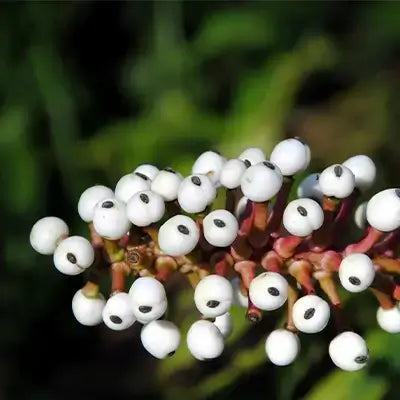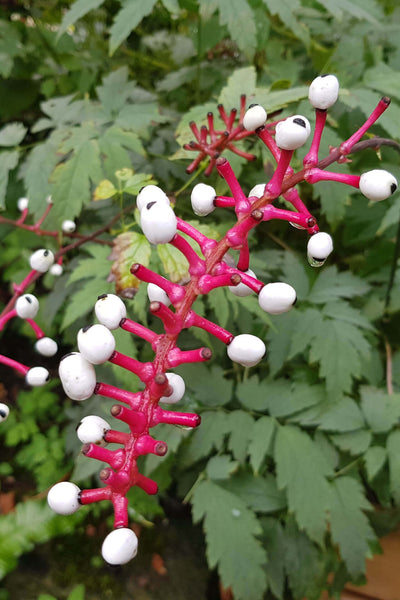Known as Baneberry Doll Eye Plant is a popular garden plant because of its outstanding aesthetic appeal. The plant also bears white berries with deep purple "pupils," giving them the appearance of a doll's eyes in addition to its clusters of small white blooms.
Seeds of this quiet perennial should be sown late fall or early spring after the last frost, depending on your climate. In eastern North America, the plant grows to an average height of 2 feet. Although it may self-seed, it does not tend to dominate other plants.
Cosmetics Using Baneberry Doll Eye Plant
Adding this Baneberry Doll Eye Plant to your garden will be a low-maintenance and attractive addition. For visual attraction, animals (apart from birds) prefer to linger on plants for an extended period since most ignore the berries. Native, not invasive, white baneberry will not disrupt the natural equilibrium of plants. In your garden, it's not a very aggressive spreader; it tends to remain where you put it.
Baneberry Doll Eye Plant Light Requirements
Wildflowers such as the Baneberry Doll Eye Plant may be found in mature woodlands. Although this plant may grow in full or partial sun, many people use it in shadow gardens.
Baneberry Doll Eye Plant Preferred Soil
As long as the soil is wet and well-drained, it will thrive in almost any environment. The ideal ground is organically rich and humus-rich. An acidic to neutral pH is also preferred.
During hot, dry summers, the plant's need for damp soil necessitates constant watering.
From Canada to Georgia and from the East Coast to Minnesota, Baneberry Doll Eye Plant is a native species. USDA planting zones 3 to 8 are the most incredible places to grow it since it can endure various temperatures and humidity.
No fertilizer is needed throughout the growing season when you plant your crops on soil rich in organic matter. Adding a small layer of mulch in the autumn or early winter can help keep the roots from freezing before the season begins.


